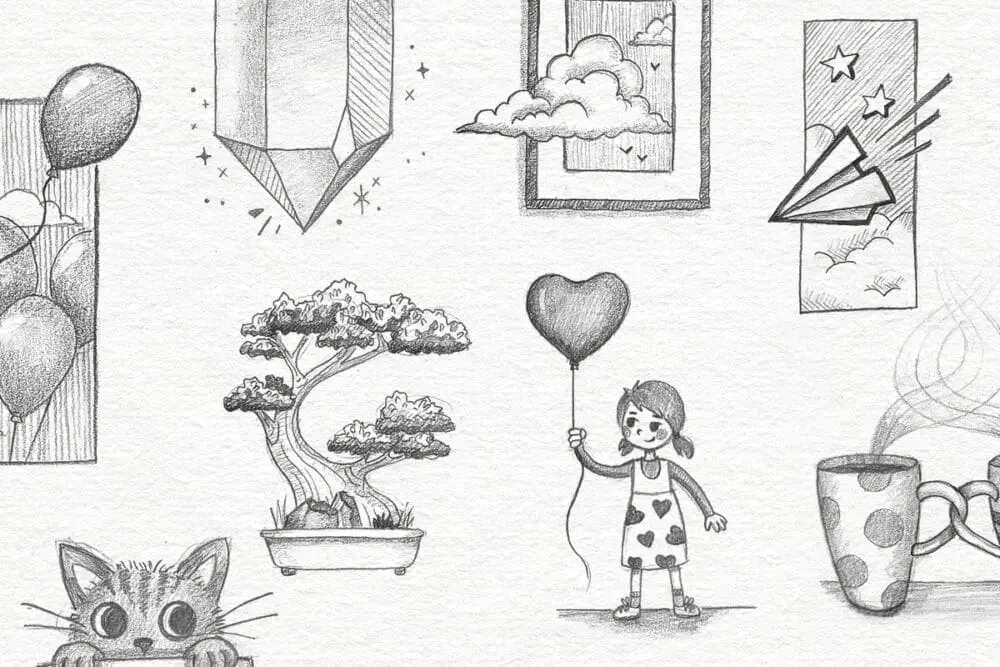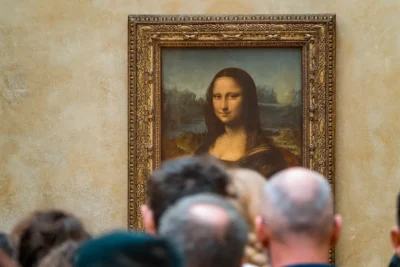
TL;DR
Drawing is a foundational skill for visual artists, helping to express creativity, observe the world, and develop technique. This guide explores practical Tips for Artists, drawing ideas, techniques, and exercises for beginners and advanced artists, offering inspiration from everyday life, nature, famous artworks, and historical styles. Learn actionable tips to enhance skill, creativity, and artistic confidence.
Introduction: Why Focus on Drawing?
Drawing is more than simply putting pencil to paper—it’s a gateway to seeing, thinking, and expressing visually. This skill helps artists:
- Enhance observational abilities: Capture proportions, shapes, perspective, and details
- Boost creativity and imagination: Experiment with concepts, styles, and narratives
- Develop technical mastery: Control line, shading, texture, and form
- Build artistic confidence: Translate ideas, emotions, and stories into visual form
Drawing forms the backbone of all visual arts, from painting and sculpture to digital media. Even professional artists revisit sketching daily to refine their ideas and improve technique.
Drawing Ideas from Everyday Life
Observation Sketching
- Concept: Draw objects, people, or scenes from your surroundings
- Purpose: Improves accuracy, spatial awareness, and attention to detail
- Exercise: Spend 20–30 minutes sketching items like a coffee mug, shoes, or a chair. Focus on perspective and proportions rather than perfection.
Storytelling Through Sketches
- Concept: Illustrate simple narratives from daily life
- Purpose: Combines observational skills with narrative storytelling
- Exercise: Draw a three-panel mini-story showing a morning routine, emphasizing movement, expressions, and sequential logic.
Still Life Composition
- Concept: Arrange a collection of objects and draw them together
- Purpose: Teaches composition, balance, proportion, and lighting
- Exercise: Sketch fruits, books, or household items from different angles, experimenting with light and shadow to create depth.
Drawing Ideas Inspired by Famous Artists
Emulate the Masters
- Concept: Study and replicate techniques of renowned artists
- Purpose: Understand composition, brushstroke, and visual storytelling
- Exercise: Try Van Gogh’s Starry Night with swirling line patterns, or Monet’s lilies focusing on light and reflection.
Style Mash-Up
- Concept: Combine elements from different artistic styles into a unique sketch
- Purpose: Encourages creativity and personal expression
- Exercise: Mix Picasso’s Cubist abstraction with Kahlo’s symbolic self-portraiture for a new interpretation.
Abstract Interpretation
- Concept: Transform a realistic scene or famous artwork into abstract forms
- Purpose: Enhances interpretation skills, composition, and imaginative thinking
- Exercise: Take a Renaissance portrait and simplify it into geometric shapes or color blocks, experimenting with abstraction while maintaining emotion.
Nature and Biology Drawing Ideas
Botanical Sketching
- Concept: Draw plants, flowers, or trees in detail
- Purpose: Improves observation, texture, and patience
- Exercise: Select a leaf or flower and sketch it with attention to veins, shading, and light.
Animal Studies
- Concept: Observe and draw animals in motion or at rest
- Purpose: Develops understanding of anatomy, posture, and proportion
- Exercise: Sketch a bird in flight or a pet lounging, noting movement and texture.
Landscape Sketching
- Concept: Capture the natural or urban environment
- Purpose: Teaches perspective, depth, and environmental storytelling
- Exercise: Create a 20–30 minute sketch outdoors, focusing on foreground, midground, and background layers to add dimensionality.
Advanced Drawing Techniques
Gesture Drawing
- Concept: Quick sketches that capture movement and energy
- Purpose: Develops speed, fluidity, and understanding of human or animal motion
- Exercise: Draw a moving subject in 1–2 minute sketches, prioritizing form and flow over detail.
Perspective Drawing
- Concept: Apply one-point, two-point, and three-point perspectives
- Purpose: Essential for architecture, urban scenes, and realistic spatial representation
- Exercise: Sketch a street or room using vanishing points to create accurate depth.
Shading and Texture
- Concept: Explore hatching, cross-hatching, stippling, blending, and smudging
- Purpose: Adds dimension, volume, and realism to your work
- Exercise: Draw an object using at least three different shading techniques to experiment with texture.
Drawing for Emotional Expression
Expressive Lines
- Concept: Use line weight, direction, and movement to convey mood
- Exercise: Create sketches where line variation communicates energy, tension, or calmness.
Color Sketching
- Concept: Introduce color in sketching using colored pencils or markers
- Exercise: Add limited color palettes to everyday sketches to enhance visual storytelling.
Mixed Media Exploration
- Concept: Combine pencil, ink, charcoal, or digital media
- Exercise: Experiment with textures, patterns, and layering techniques for dynamic effects.
Tips to Stay Inspired
- Keep a daily sketchbook: Short daily sessions improve skills over time
- Experiment with tools and mediums: Pencil, pen, charcoal, pastels, markers, or digital apps
- Challenge yourself: Draw unfamiliar subjects, practice speed sketches, or adopt a new style
- Engage with artistic communities: Share work online, join sketching groups, or participate in art challenges
- Reflect on progress: Review old sketches to identify improvement and discover personal style evolution

FAQs – Drawing Ideas
Q1: How can I generate new drawing ideas?
Observe surroundings, explore nature, reinterpret famous artworks, or use drawing prompts.
Q2: Do I need expensive tools to start?
No. Pencil, eraser, and paper are enough. Expand to other tools as you progress.
Q3: How can I improve my drawing skills quickly?
Practice consistently, study real-life subjects, analyze artworks by masters, and experiment with different techniques.
Q4: Is it okay to copy other artists?
Yes, for learning. Always adapt techniques to develop your personal style.
Q5: How do I overcome artist’s block?
Try drawing prompts, change your environment, experiment with styles, or draw from imagination without expectations.
Conclusion
Drawing is the foundation of artistic expression, offering endless opportunities for skill development, creativity, and personal expression. By exploring everyday life, nature, and famous artworks, artists can improve technique, imagination, and confidence. Regular practice and experimentation empower artists to see the world differently and communicate visually.
At Artistic Designers, we provide practical tips, drawing ideas, and inspiration for artists of all levels, helping them develop technical skills, creative thinking, and artistic voice.






Leave a Reply